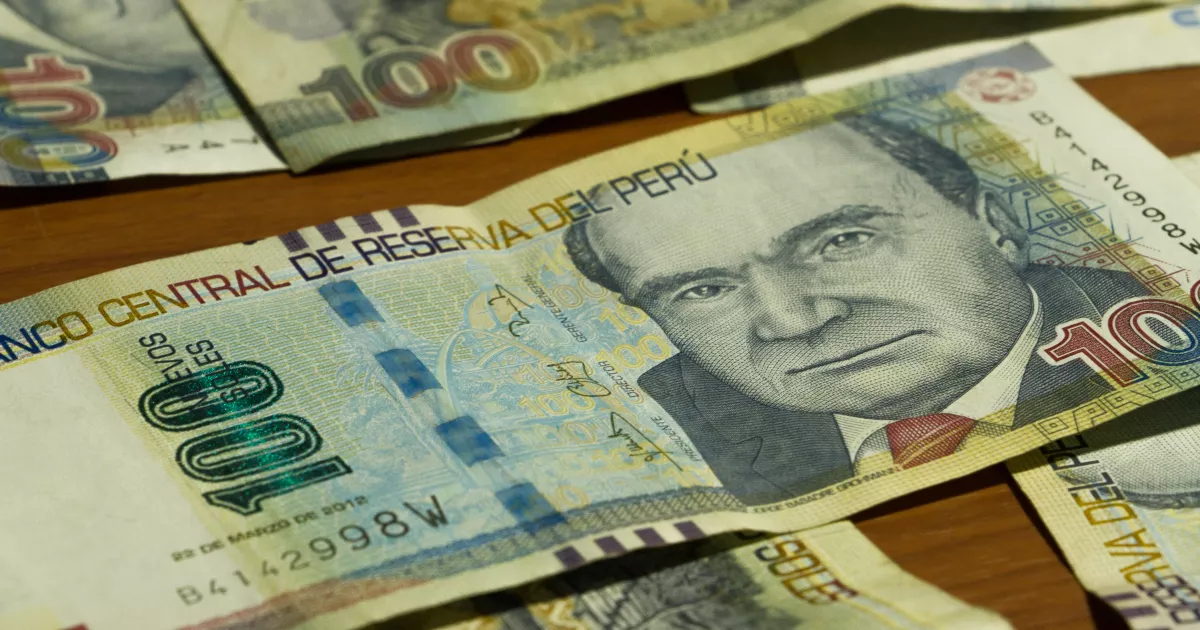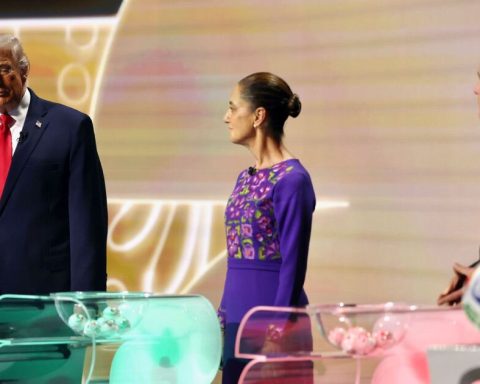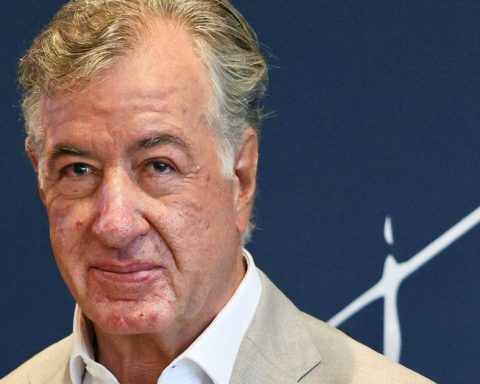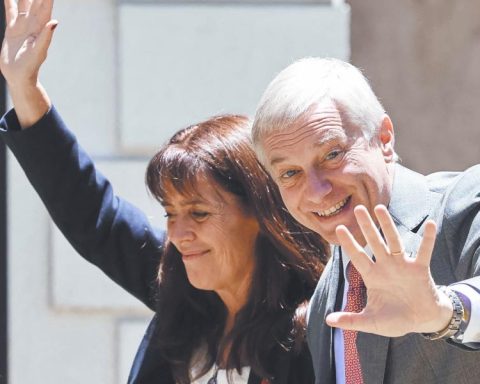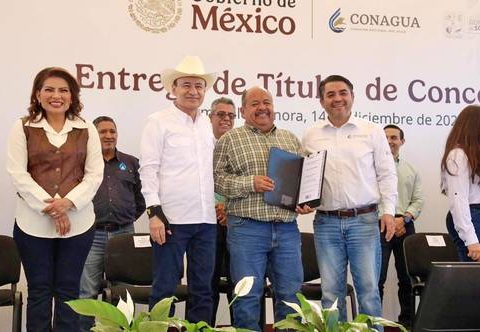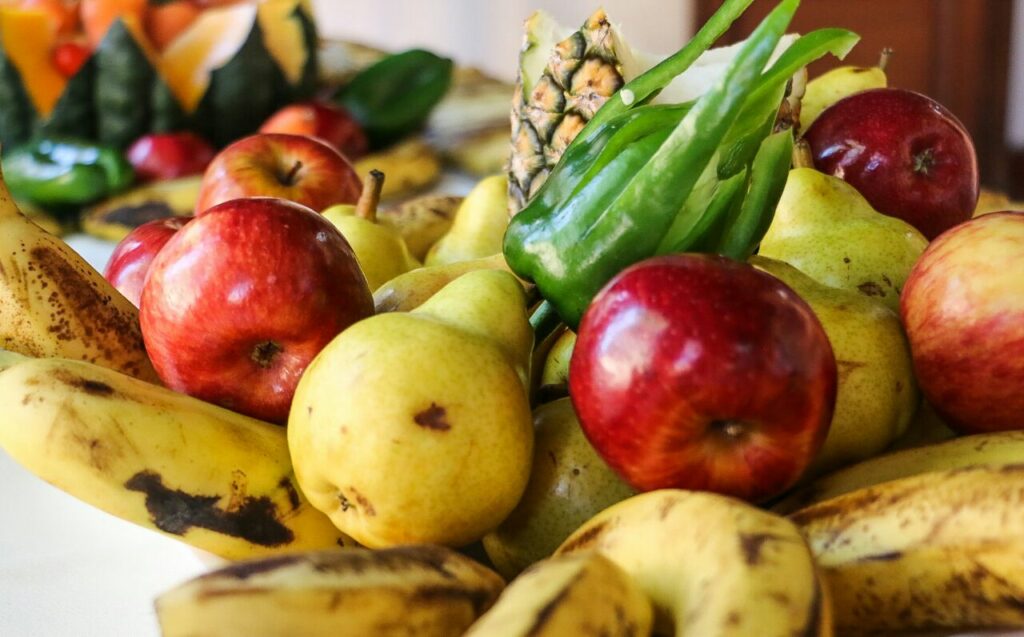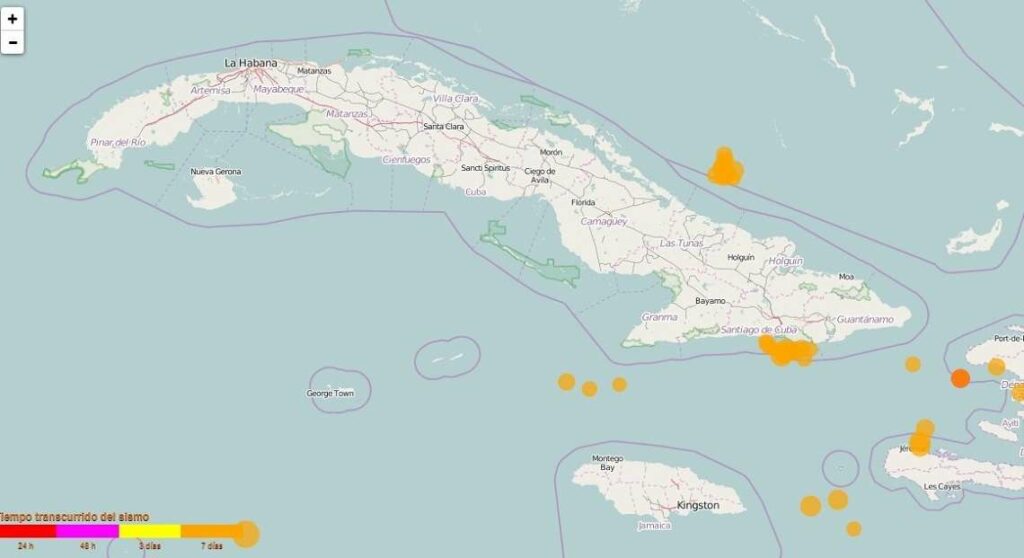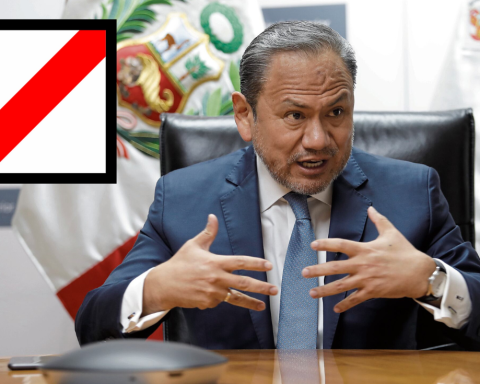According to the World Bank (WB), Peru’s macroeconomic parameters are solid with a low public debt to Gross Domestic Product (GDP) ratio (almost 35%), with considerable international reserves and an independent central bank headed by Julio Velarde. Flowers.
In 2021, the Peruvian GDP it had one of the strongest rebounds in the region, with 13.3%, and it is expected that in the medium term it will return to levels of 3%, which were the levels it had prior to the COVID pandemic.
The manufacturing, construction and services sectors have been the most dynamic so far this year and will lead the country to grow 2.7% in 2022.
Data from the WB show that 5.8% of the population of Peru suffered from poverty at the end of 2020, that is, they subsist on $2.15 or less per day.
“It is estimated that poverty will remain above pre-pandemic levels in the next two years, as a result of the drop in the average quality of employment,” the agency says.
Peru faces structural challenges such as the informal sector that provides employment to three quarters of workers in low productivity segments. It must also improve the quality of services such as education, health and water supply. “Overcoming these challenges is essential to boost long-term growth and poverty reduction in the country,” according to the World Bank.
Below we present the key data of the Peruvian economy.
